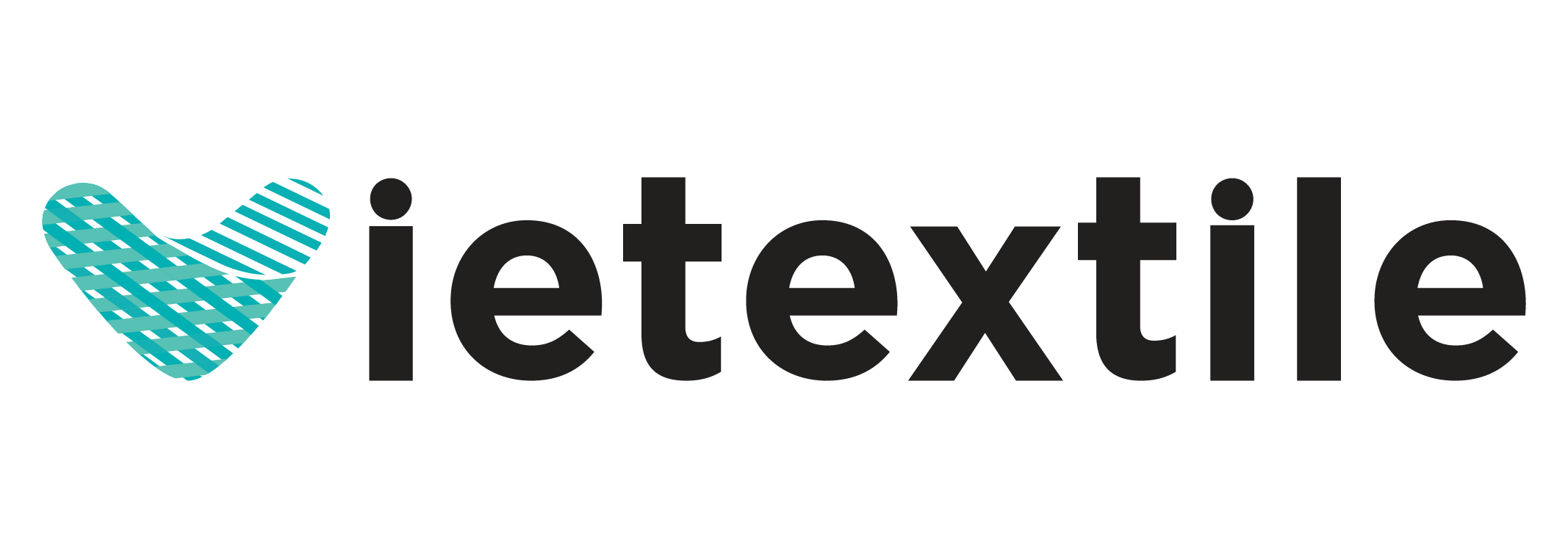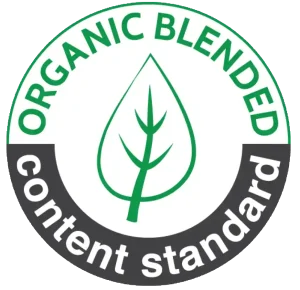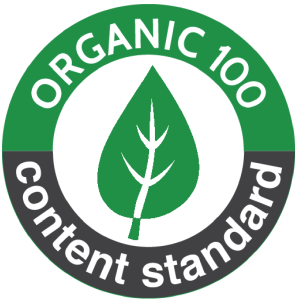Why are more and more brands switching to using antibacterial fiber? This is a crucial topic within the “Functional Fiber” category, a modern direction in the textile industry. This article will help you understand the clear differences between antibacterial fiber and conventional fiber—in terms of effectiveness, applications, and cost.
1. Definition and Nature of the Two Fiber Types
Nội dung tóm tắt
Toggle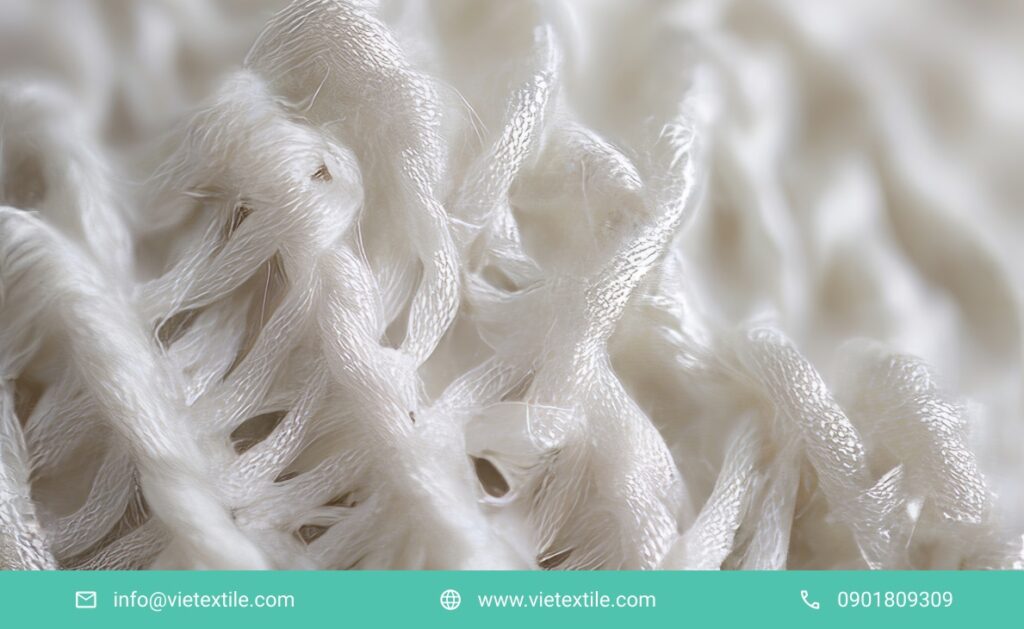
Conventional fiber is a widely used material in traditional textiles, primarily including cotton, polyester, viscose, and others. These fibers do not incorporate additional features but simply provide mechanical durability and a comfortable feel.
In contrast, antibacterial fiber is a type of fiber integrated with active agents such as nano-silver, zinc ions, or plant extracts, or it is surface-treated to inhibit or kill the growth of odor-causing and harmful bacteria and fungi.
By nature, antibacterial fiber is “functional,” often undergoing high-tech processes such as:
- Integrating nano-materials into the fiber’s core (intrinsic).
- Surface coating or finishing (extrinsic).
2. Feature Comparison – Usage Effectiveness
| Evaluation Criteria | Conventional Fiber | Antibacterial Fiber |
| Bacteria Elimination | None | Kills 99% of bacteria (AATCC TM100 standard) |
| Sweat Odor Control | None | Yes (eliminates odor-causing bacteria) |
| Safety for Sensitive Skin | Can cause irritation if damp | Reduces dermatitis, provides better skin protection |
| Long-term Hygiene | Prone to dirt and mold accumulation | Stays clean longer, provides continuous bacterial protection |
A study from the Korea Textile Institute showed that nano-silver fiber reduced E.Coli and S.Aureus bacteria by up to 99.3% after 24 hours, while conventional fiber showed no similar effect.
3. Wash Durability, Reusability, and Environmental Impact

3.1. Wash Durability between Conventional and Antibacterial Fiber
Conventional fiber has no active protection, so bacteria and odors accumulate with each use if not treated with chemicals.
Antibacterial fiber, especially the type integrated into the fiber core, can maintain its effectiveness for up to 50–100 washes, without being washed away over time like surface-treated finishes.
Externally-treated antibacterial fibers have a shorter lifespan, averaging 20–40 washes, yet they still outperform conventional fiber in short-term use environments like uniforms, student apparel, and event clothing.
3.2. Environmental Impact and the Sustainable Consumer Trend
Beyond performance, a criterion that is gaining increasing attention in the textile industry is the environmental impact of the materials used. Conventional fibers like cotton, while natural in origin, have a production process that consumes a lot of water and pesticides. Meanwhile, polyester—a common synthetic fiber—takes hundreds of years to fully decompose in the environment.
Modern antibacterial fiber, especially that developed with a bio-based and sustainable approach, can reduce the number of washes needed, which means saving water, reducing the use of detergents, and minimizing the amount of microfibers released into the oceans. A report from Textile Exchange states that products using antibacterial fabrics can help reduce water consumption by 30% throughout the product’s life cycle.
Additionally, because antibacterial fiber stays clean longer, products made from this type of fiber are less likely to stain or degrade prematurely, extending their average lifespan by 1.5–2 times compared to conventional fiber under the same usage conditions. This is a crucial factor for brands aiming for an ESG (Environmental, Social, and Governance) strategy in their supply chain.
4. Practical Applications
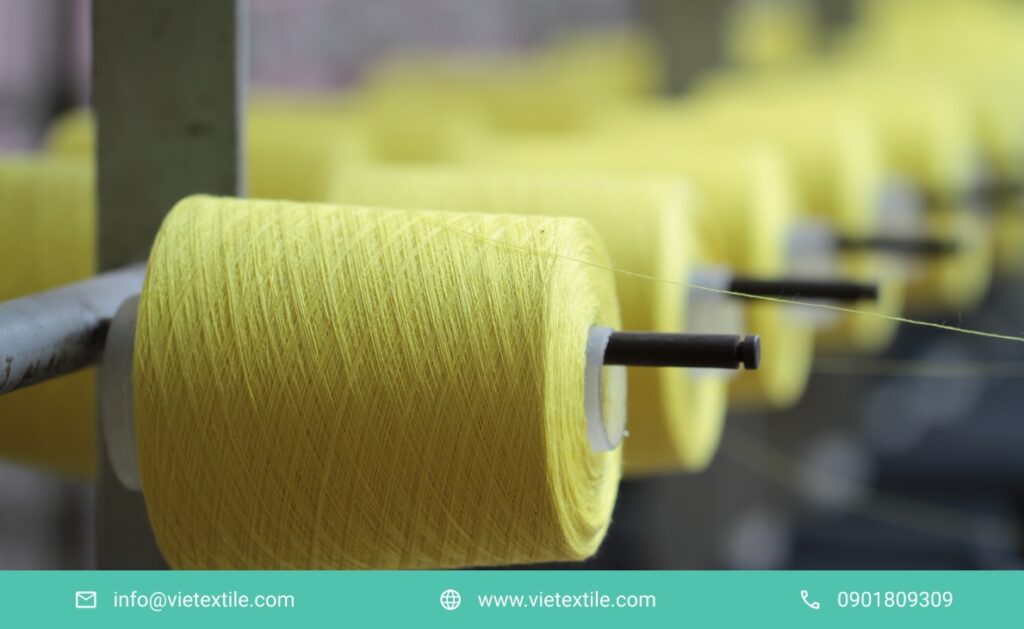
Conventional fiber is widely used in everyday fashion, but it is easily affected by bacteria, moisture, and odors—especially in a tropical climate like Vietnam.
Antibacterial fiber, however, demonstrates a clear advantage in these applications:
- Medical apparel: Protects the wearer from cross-contamination.
- School uniforms: Reduces the risk of skin diseases.
- Sportswear: Limits sweat odor, increasing comfort.
- Office wear: Stays clean and odor-free all day long.
In fact, brands like Uniqlo, Decathlon, and Columbia have already adopted antibacterial fiber for their health-focused and sportswear product lines.
5. Production Costs and Economic Efficiency
Reliable References:
- OEKO-TEX® Certification
- AATCC TM100 – Antibacterial Finishes
- Textile World – Functional Textiles Market Report
The production cost of antibacterial fiber is 10–25% higher than that of conventional fiber due to the use of specialized materials and technology. However, in the long term, antibacterial fiber helps save costs:
- Reduced laundry frequency.
- Increased product lifespan.
- Lower return rates due to odor or skin irritation.
A 2023 survey by Textile World showed that European retailers are willing to pay 15% more for textile products that incorporate user-protective features.
6. Antibacterial Fiber in Brand Strategy and Sustainable Production
6.1. The Advantage of Building a Brand Based on Health and Safety Values
If your goal is low cost, mass production, or short-term use, conventional fiber might be the right choice.
However, if you are aiming for sustainability, user health, reduced operational costs, and elevated product value, antibacterial fiber is a worthwhile investment.
Especially in the post-pandemic context, consumers are strongly shifting towards products that offer health protection, are environmentally friendly, and provide long-term safety.
6.2. The Role of Antibacterial Fiber in the Global Supply Chain
Beyond being a technical solution, antibacterial fiber is also a tool for creating a brand’s competitive advantage in the era of smart consumption. Today’s consumers don’t just buy a shirt—they buy protection, peace of mind, and the ethical values associated with that product.
In Europe, over 42% of consumers are willing to pay more for textile products that incorporate health-protective features (according to Nielsen, 2022). For Vietnamese textile brands that want to export to the US or EU, adopting antibacterial fiber and obtaining certifications like OEKO-TEX or Bluesign will be key to expanding their market.
From a production standpoint, antibacterial fiber helps factories optimize their washing, packaging, and finished product storage processes, reducing rework costs and increasing the ability to control output quality. This is a tremendous advantage when participating in the global supply chain.
Antibacterial fiber is not just a material; it is a foundation for brands to build a green, clean, and responsible image in the eyes of global consumers.
7. Frequently Asked Questions from Businesses and Consumers
7.1. Does nano-silver fiber cause skin irritation?
No, as long as the correct concentration is used and it has OEKO-TEX certification. The nano-silver within the fiber core does not come into direct contact with the skin.
7.2. Can antibacterial fiber be machine-washed?
Yes, using a gentle cycle and avoiding strong bleaches. It is recommended to wash at temperatures below 40°C.
7.3. Do products made from antibacterial fiber need to be ironed?
It depends on the fabric type. However, most antibacterial fiber fabrics today have better wrinkle resistance than conventional fibers.
7.4. Should I use antibacterial fabrics for school uniforms?
It is highly recommended. This environment has a high risk of contact, and antibacterial fiber helps protect students’ health more effectively.
8. Contact Us for Consultation and Antibacterial Fiber Samples
Do you want to apply high-quality antibacterial fiber to your products?
Contact VieTextile for technical advice, sample testing, and a quick quote:
- Email: info@vietextile.com
- Hotline: 0901 809 309
- Website: https://vietextile.com
